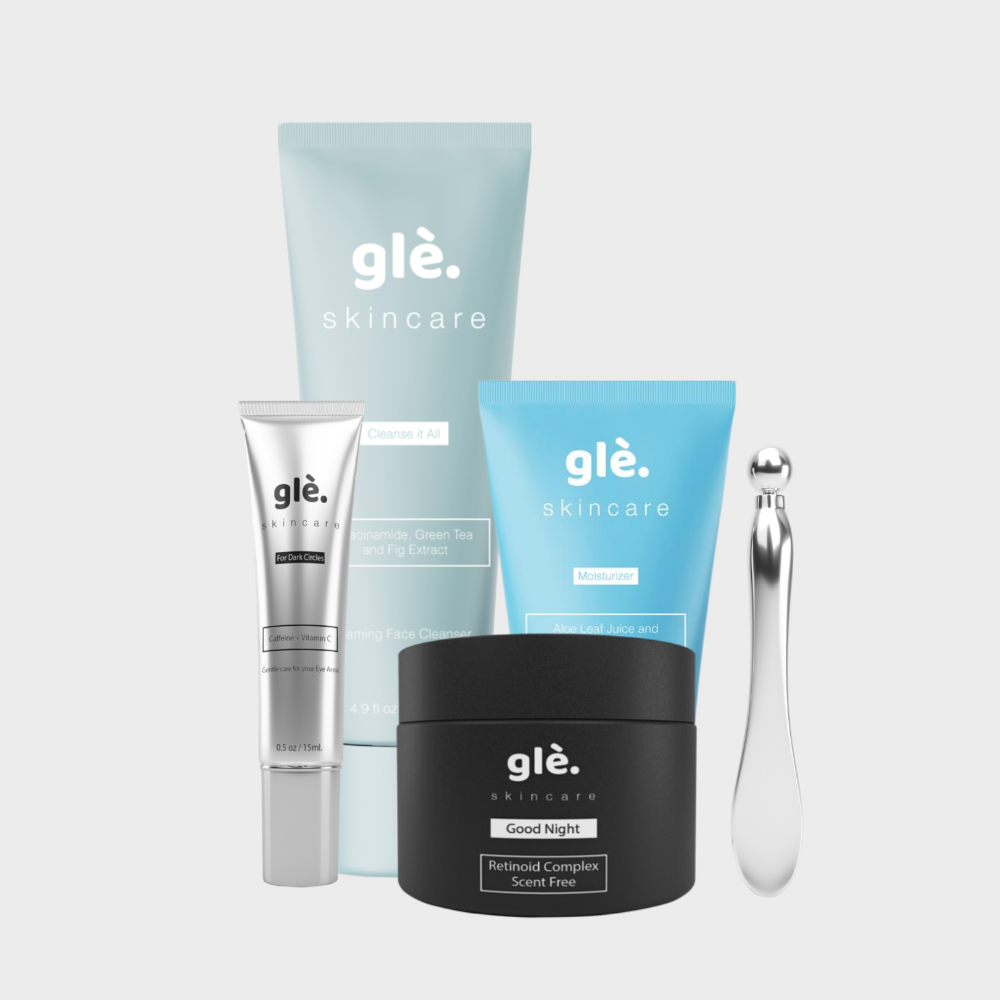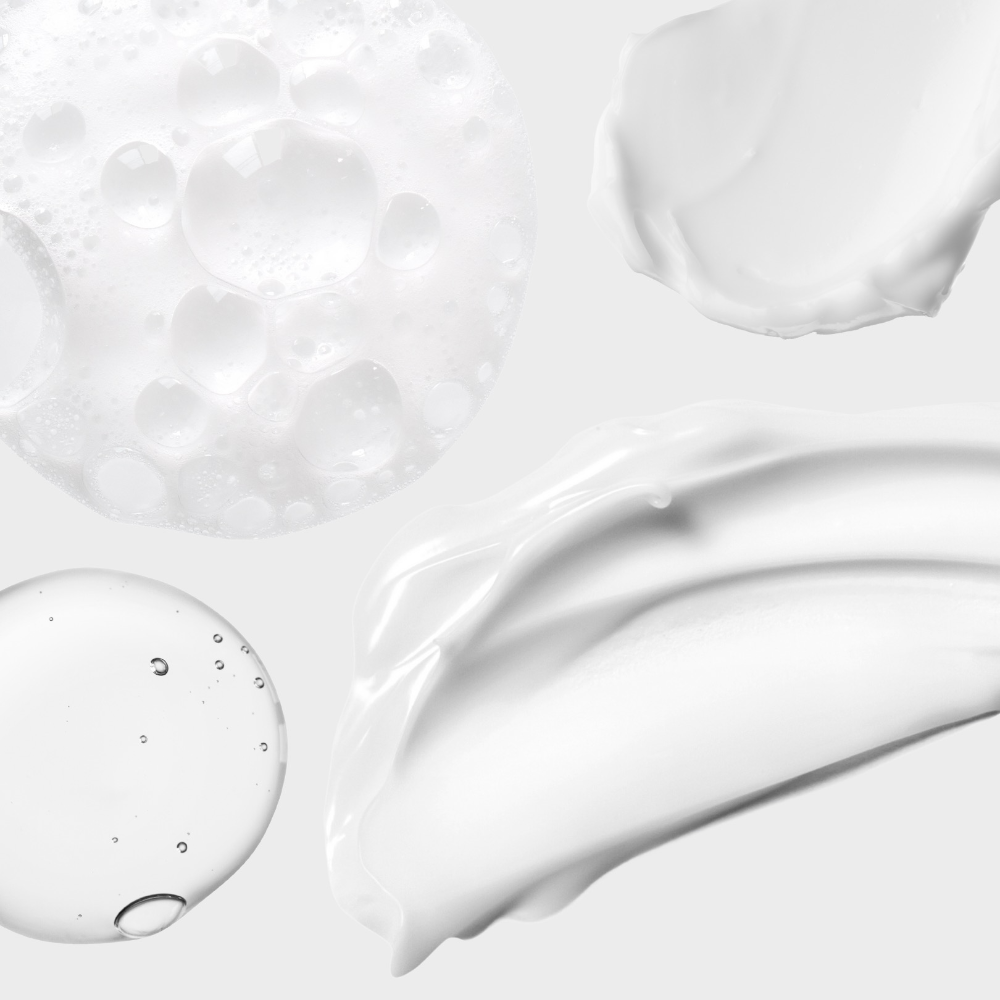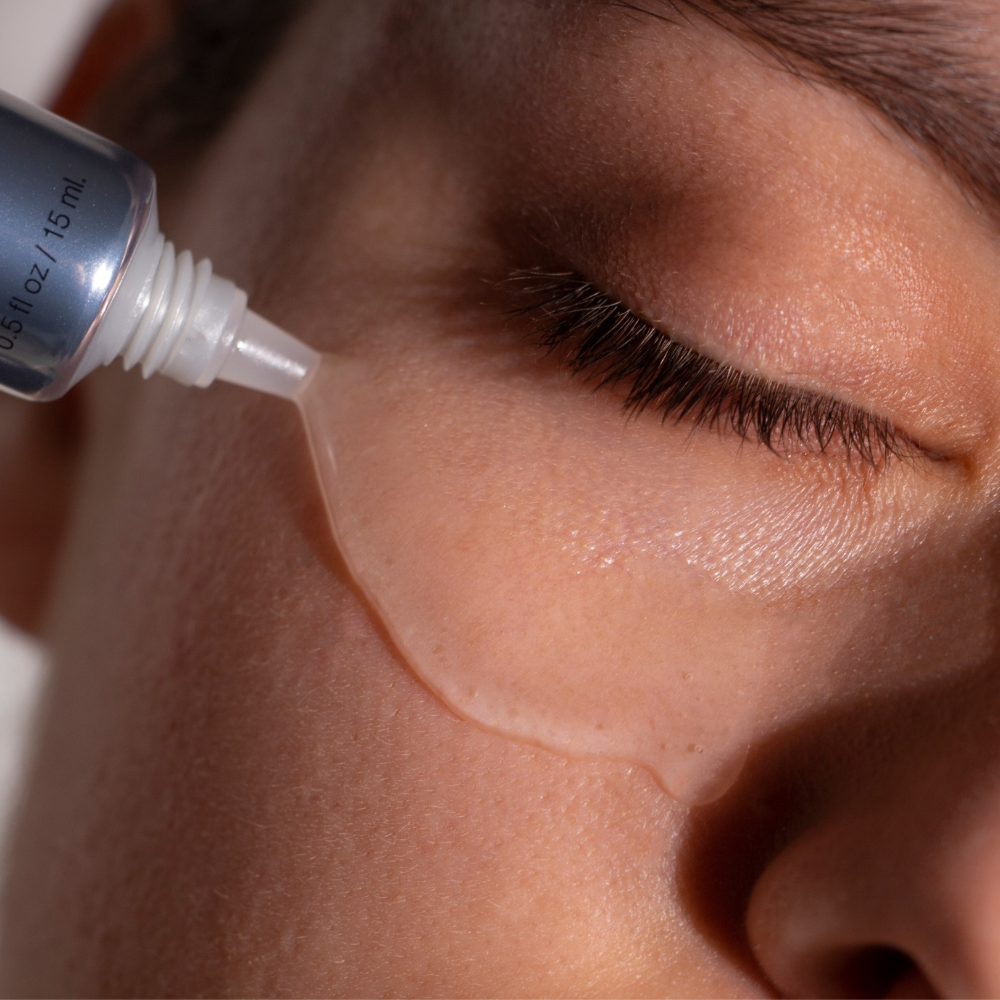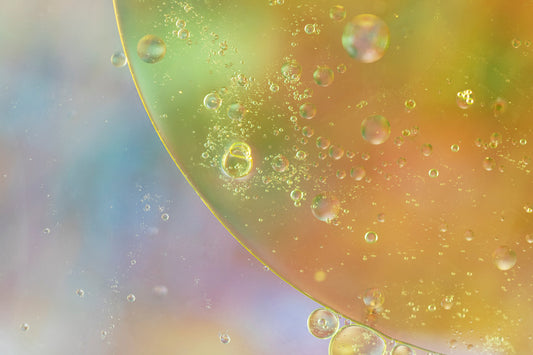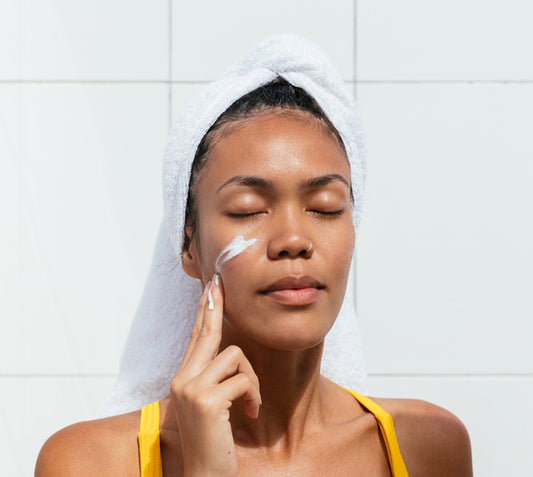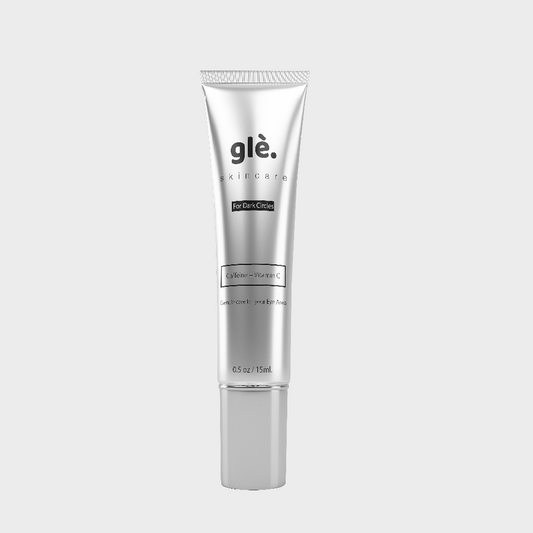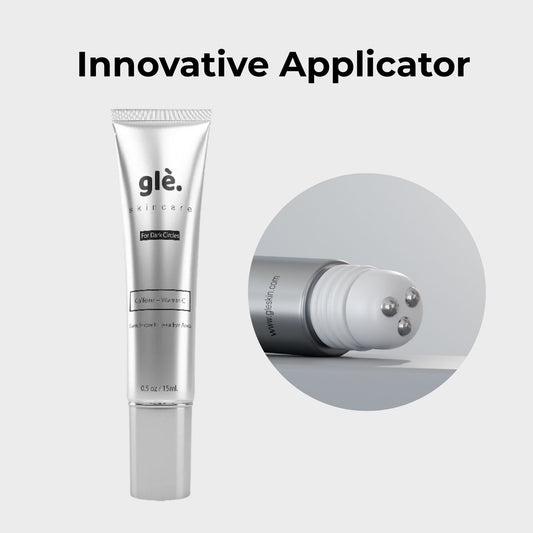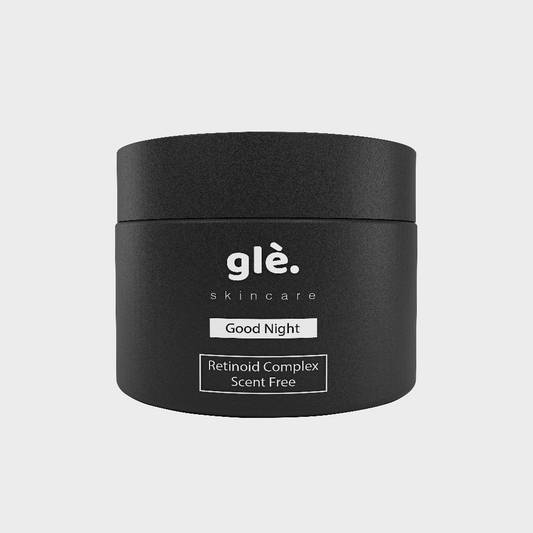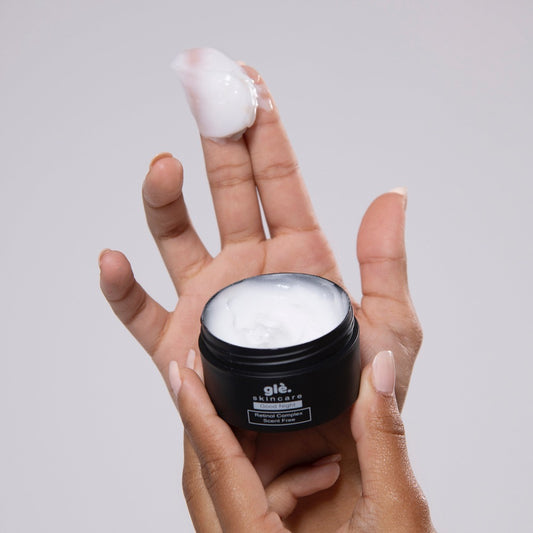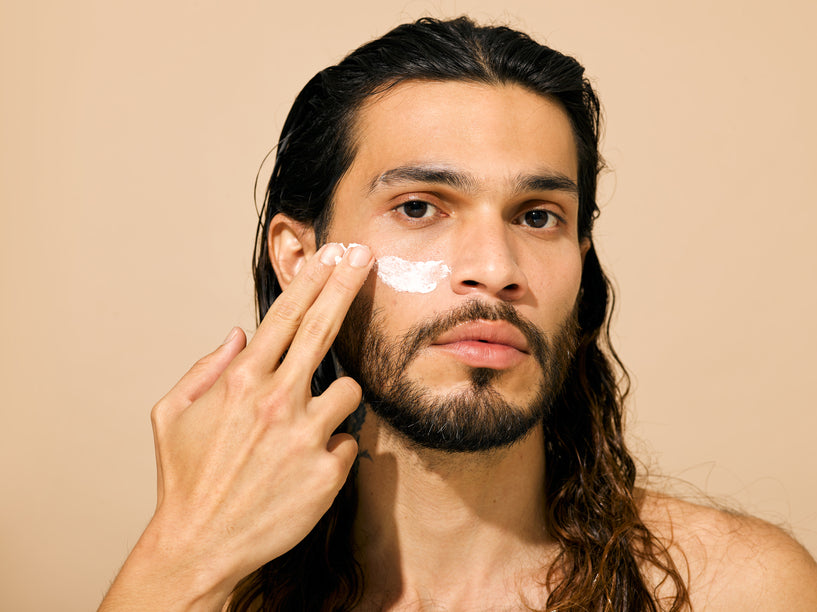
Introducing the Ideal Skin Care Routine for Men (Even for Beginners)
Allow me to assist you in discovering the best skin care routine tailored to your needs. I'll outline the recommended steps to follow, their order of application, and highlight key ingredients to look for along the way. So, here it is—the ultimate skin care routine for men, if such a thing exists. And if it feels overwhelming, don't worry; there's always a simpler three-step routine to start with, which already puts you ahead of the majority of men. In fact, it's an excellent place to begin.
The Essential Regimen: Cleanse, Exfoliate, Moisturize
Every effective skin care routine revolves around three fundamental steps: cleansing, exfoliating, and moisturizing. However, it's crucial not to perform all three simultaneously. Here's an ideal scenario:
1. Cleanse twice a day: Start your mornings by washing your face with a suitable cleanser. This removes any products applied the previous night, along with sweat and bacteria accumulated overnight. In the evening, cleanse again to initiate your bedtime routine.
2. Exfoliate twice a week: Exfoliation helps eliminate dead skin cells, promoting a brighter, smoother, and softer complexion while preventing breakouts. You can opt for a physical scrub or a chemical exfoliant, especially if you're dealing with acne and wish to dissolve dead skin cells and trapped sebum within your pores (consider a product containing salicylic acid). However, avoid excessive exfoliation, as your skin cells don't regenerate rapidly enough to keep up with constant scrubbing. It's best to exfoliate in the evening, after cleansing and before moisturizing, allowing your skin to recover as you sleep. Otherwise, you might go through the day with a reddened face.
3. Moisturize morning and night, prioritizing SPF during the day: While moisturizers sound proactive, their primary function is to maintain your skin's natural moisture levels and fortify its defensive barrier. For the morning, choose a moisturizer with SPF to shield your skin from aging UV rays. This daytime moisturizer should feel lighter than your evening moisturizer, which focuses more on nourishment.
The Intermediate Regimen: Hydrating Serums, Eye Creams, Face Masks, Spot Treatments, and Toners
If you desire to elevate your skin care routine from basic to proactive, there are several product types worth considering. You don't need to incorporate all of them, but it's essential to understand each one.
1. Hydrating Serums: Among the many types of serums available, a hydrating serum with skin-plumping hyaluronic acid is vital. Apply this product after cleansing and before moisturizing (the same goes for all serums). Hyaluronic acid penetrates deep into the skin, actively drawing in moisture (up to 1,000 times its weight) to nourish your skin from within.
2. Eye Creams: Eye creams target the delicate, thin skin around your eyes. These
densely concentrated products help maintain firmness and thickness, reducing the appearance of puffy under eyes, crow's feet, and dark circles. You can apply an eye cream once a day, or even twice if you prefer.
3. Face Masks: Face masks come in various types, but the two general categories are "deep cleansing" and "deep nourishing." Deep cleansing masks typically contain ingredients like charcoal and clay to remove excess sebum and impurities from deep within your pores, making them particularly beneficial for oily and acne-prone skin. On the other hand, hydrating masks deliver highly concentrated serum to revive tired, dull, or dry complexions. Generally, each type is recommended for once-weekly use.
4. Spot Treatments: Spot treatments are indispensable for individuals prone to acne or hyperpigmentation, as they help eliminate pimples, fade acne marks, and reduce the likelihood and duration of hyperpigmentation caused by blemishes, sun exposure, or other factors. You can even use spot treatments proactively at the first signs of a breakout to prevent pimples from fully forming.
5. Toners: Toners are not necessary for everyone, but they are beneficial for individuals with oily skin or those with complex skin care routines. Toners help balance your skin's pH levels, preventing excessive dryness or irritation while regulating natural sebum production. Use a toner after cleansing (and any physical exfoliation), but before applying chemical exfoliants, serums, and moisturizers.
The Advanced Regimen: Ingredient-Focused Remedies
This is where things become more advanced. Individuals at this stage often consult their dermatologists twice a year, focusing on ingredient-specific products. These products are typically in the form of serums, night creams, or even prescriptions from dermatologists themselves. Some may also opt for regular facials or remain loyal to a top-tier brand. However, don't be intimidated by the "advanced" label; you can still add an advanced element to your routine.
1. Retinol and Bakuchiol: Retinol, a vitamin A derivative, is renowned for its ability to reverse signs of aging and combat acne. For more sensitive skin, consider using its natural alternative, bakuchiol. Consult your doctor about a prescription-grade retinol for maximum efficacy.
2. Vitamin C: Vitamin C is known for brightening the skin, reducing discoloration and hyperpigmentation. Since it's a volatile ingredient, investing in a high-quality serum is recommended. Look for "ascorbic acid" as the purest form of vitamin C.
3. Niacinamide: Niacinamide is a smoothing and soothing ingredient commonly found in everyday moisturizers for good reason.
4. Alpha Hydroxy Acids (AHAs): AHAs such as lactic and glycolic acid are often present in exfoliating serums. They are also key components of at-home face peels. Exercise caution when using them. Mandelic acid is gaining popularity as well, particularly for targeting hyperpigmentation, including acne scars.
5. Beta Hydroxy Acid (BHA): Salicylic acid is the only widely recognized BHA, derived from willow bark extract. It penetrates the pores, breaking down dead skin cells and dissolving excess oil. Salicylic acid also helps regulate oil production, preventing overproduction. It's commonly found in acne-specific products and many peels.
6. Polyhydroxy Acids (PHAs): PHAs, such as gluconolactone, galactose, and lactobionic acid, gently exfoliate the topmost layer of skin. Unlike AHAs and BHAs, they have larger molecules and cannot penetrate deeper. They are often advertised as "PHAs" for simplicity.
7. Ceramides and Collagen: Ceramides are fatty acids, and collagen is a protein. As we age, our skin loses elasticity due to decreased production of these two components. Using products containing ceramides and collagen can help supplement the loss, maintaining skin health.
8. Pre- and Probiotics: Balanced pH levels are crucial for skin health. Including pre- and probiotics in your skincare can help maintain a healthy balance of "good bacteria." These ingredients combat acne-causing bacteria, promote wound healing, and enhance defenses against UV rays, inflammation, and conditions like eczema.
9. Ferulic Acid: Antioxidants play a vital role in maintaining skin health by preventing accelerated photo-aging, such as fine lines, wrinkles, and rough skin. Ferulic acid acts as a powerful antioxidant, amplifying the effectiveness of other cellular defenses. Use it in the morning to protect your skin throughout the day.
Remember, building a skincare routine is a personal journey, and not all steps or products may be necessary for everyone. It's essential to assess your skin type, concerns, and preferences when selecting products. Gradually incorporate new products into your routine and pay attention to how your skin responds. Consulting a dermatologist can provide personalized recommendations based on your specific needs.


